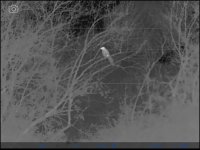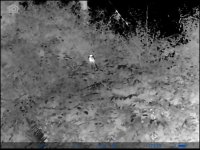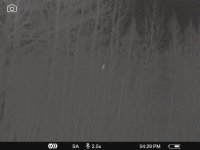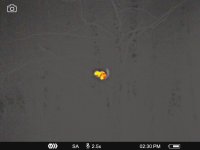Paul Chapman
Well-known member
My make & model and a few random images with it that I found on my phone - Snipe, White Stork, Purple Sandpipers & Magpie. Some better Owl pics on here somewhere I think.
Edit - a few more pics. Dusky Nightjar, Owls & Birdquest group.
All the best
Paul
Edit - a few more pics. Dusky Nightjar, Owls & Birdquest group.
All the best
Paul
Attachments
-
 20231102_162607.jpg498.3 KB · Views: 123
20231102_162607.jpg498.3 KB · Views: 123 -
 20231102_162621.jpg82.5 KB · Views: 111
20231102_162621.jpg82.5 KB · Views: 111 -
 20231102_162704.jpg41.7 KB · Views: 86
20231102_162704.jpg41.7 KB · Views: 86 -
 20231102_162937.jpg33.7 KB · Views: 86
20231102_162937.jpg33.7 KB · Views: 86 -
 20231102_162947.jpg82.5 KB · Views: 91
20231102_162947.jpg82.5 KB · Views: 91 -
 20231102_163541.jpg107.7 KB · Views: 88
20231102_163541.jpg107.7 KB · Views: 88 -
 20231102_163547.jpg96.3 KB · Views: 88
20231102_163547.jpg96.3 KB · Views: 88 -
 20231102_163557.jpg42.8 KB · Views: 108
20231102_163557.jpg42.8 KB · Views: 108 -
 20231102_163552.jpg50.3 KB · Views: 93
20231102_163552.jpg50.3 KB · Views: 93
Last edited:
























